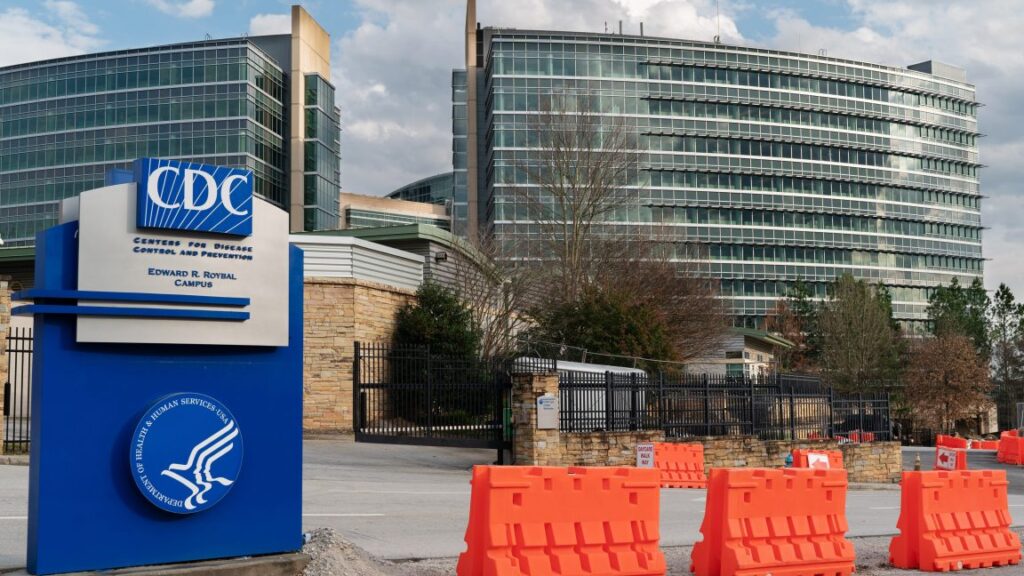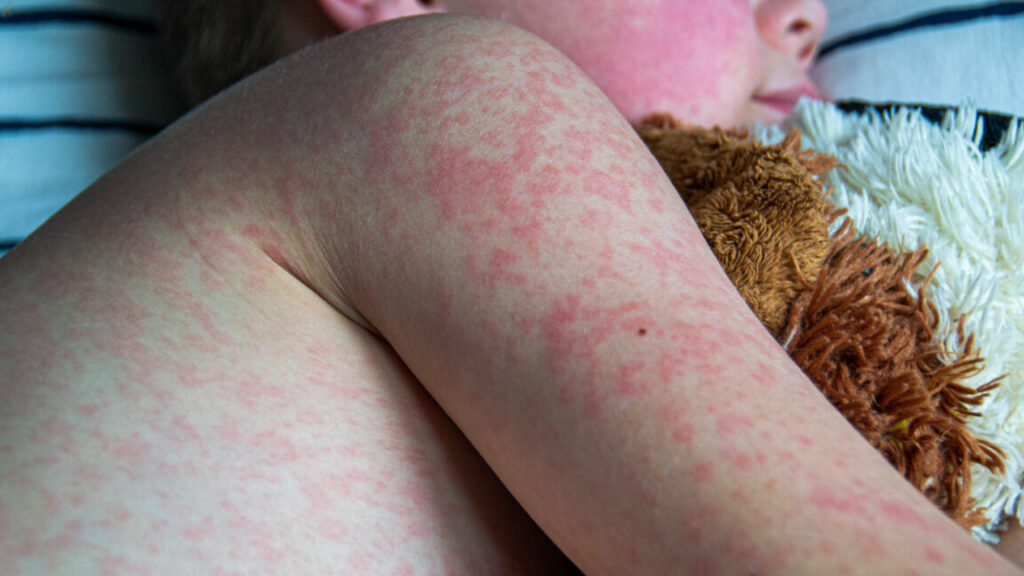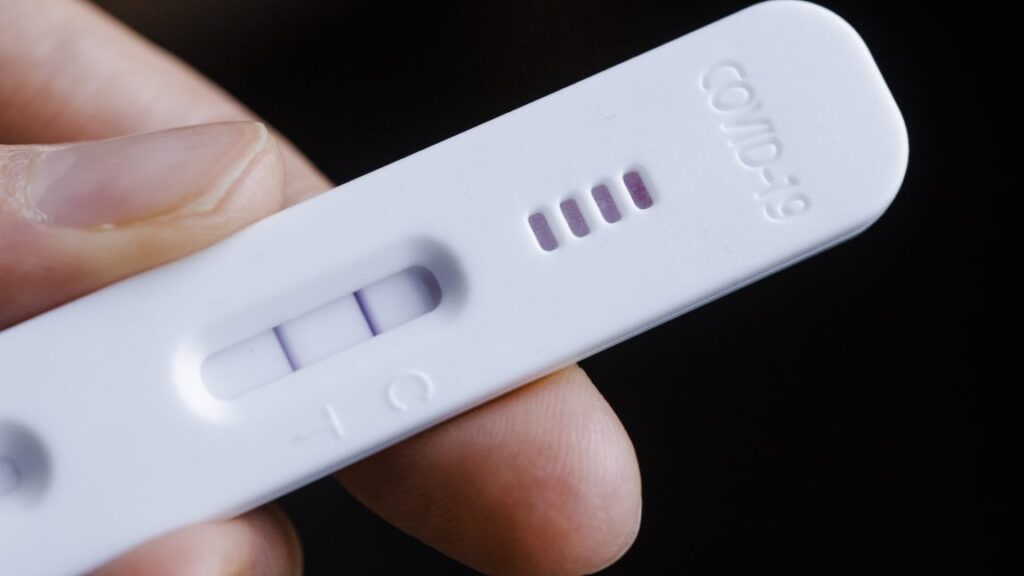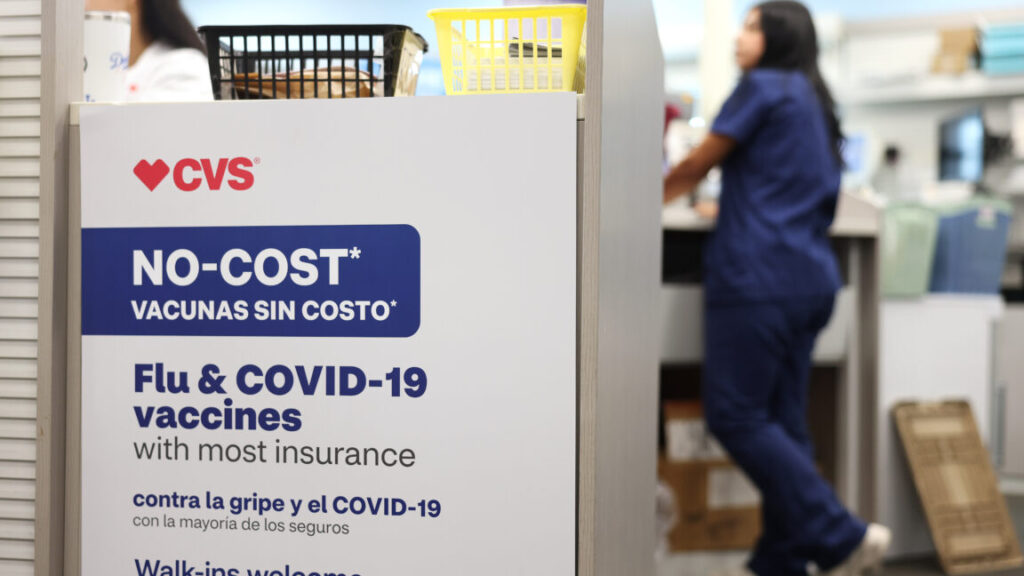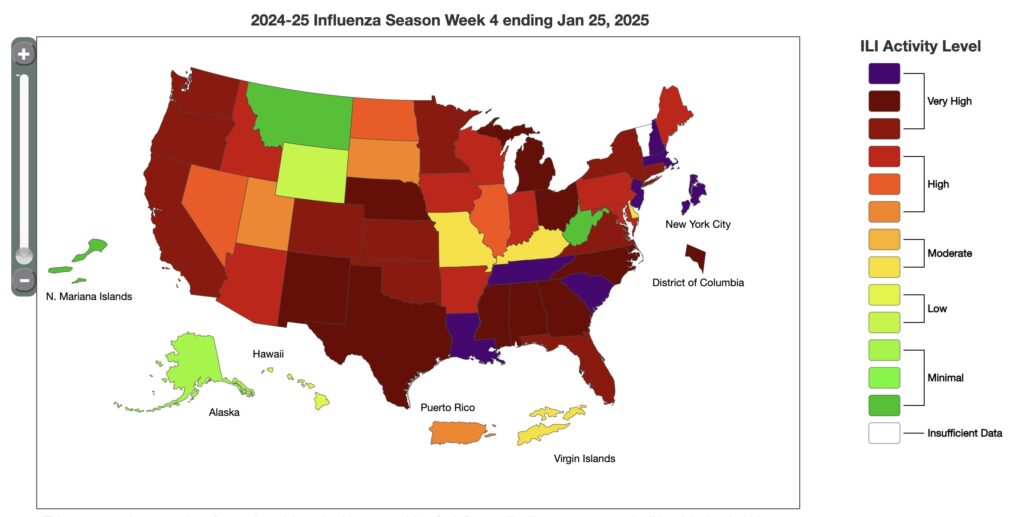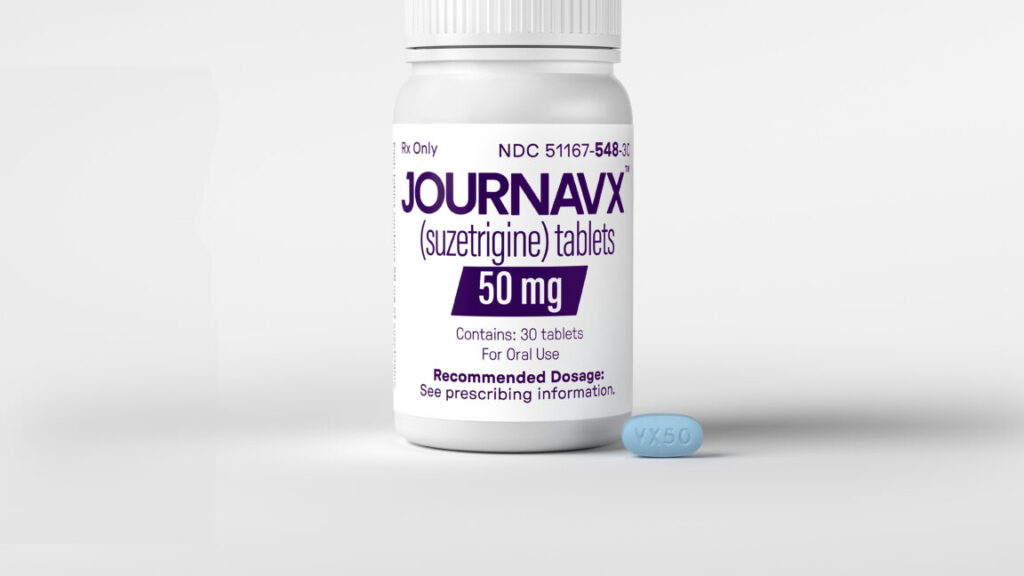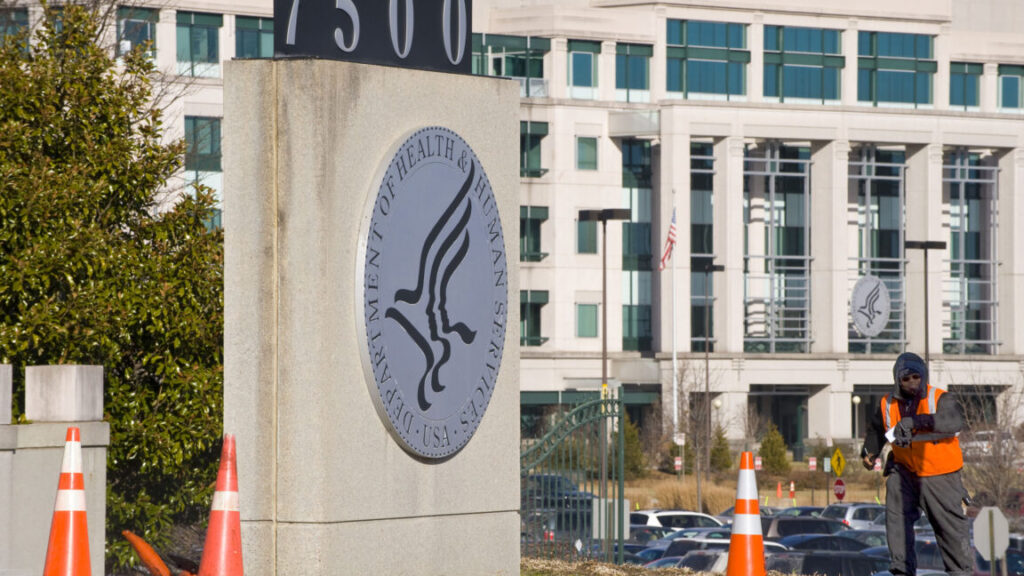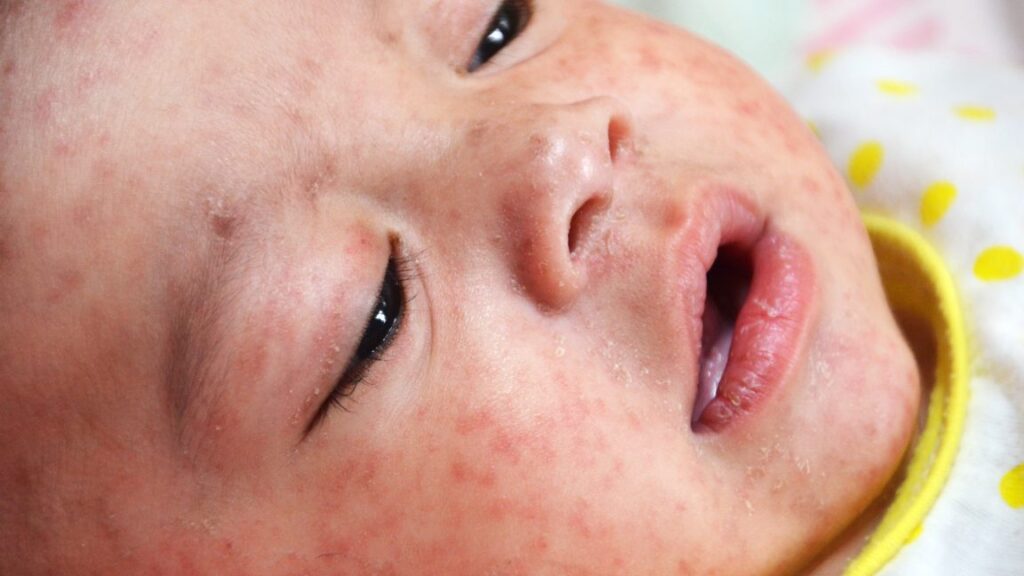Judge orders Trump admin. to restore CDC and FDA webpages by midnight
“Irrational removal”
In his opinion, Bates cited the declarations from Stephanie Liou, a physician who works with low-income immigrant families and an underserved high school in Chicago, and Reshma Ramachandran, a primary care provider who relies on CDC guidance on contraceptives and sexually transmitted diseases in her practice. Both are board members of Doctors for America.
Liou testified that the removal of resources from the CDC’s website hindered her response to a chlamydia outbreak at the high school where she worked. Ramachandran, meanwhile, testified that she was left scrambling to find alternative resources for patients during time-limited appointments. Doctors for America also provided declarations from other doctors (who were not members of Doctors for America) who spoke of being “severely impacted” by the sudden loss of CDC and FDA public resources.
With those examples, Bates agreed that the removal of the information caused the doctors “irreparable harm,” in legal terms.
“As these groups attest, the lost materials are more than ‘academic references’—they are vital for real-time clinical decision-making in hospitals, clinics and emergency departments across the country,” Bates wrote. “Without them, health care providers and researchers are left ‘without up-to-date recommendations on managing infectious diseases, public health threats, essential preventive care and chronic conditions.’ … Finally, it bears emphasizing who ultimately bears the harm of defendants’ actions: everyday Americans, and most acutely, underprivileged Americans, seeking healthcare.”
Bates further noted that it would be of “minimal burden” for the Trump administration to restore the data and information, much of which has been publicly available for many years.
In a press statement after the ruling, Doctors for America and Public Citizen celebrated the restoration.
“The judge’s order today is an important victory for doctors, patients, and the public health of the whole country,” Zach Shelley, a Public Citizen Litigation Group attorney and lead counsel on the case, said in the release. “This order puts a stop, at least temporarily, to the irrational removal of vital health information from public access.”
Judge orders Trump admin. to restore CDC and FDA webpages by midnight Read More »
